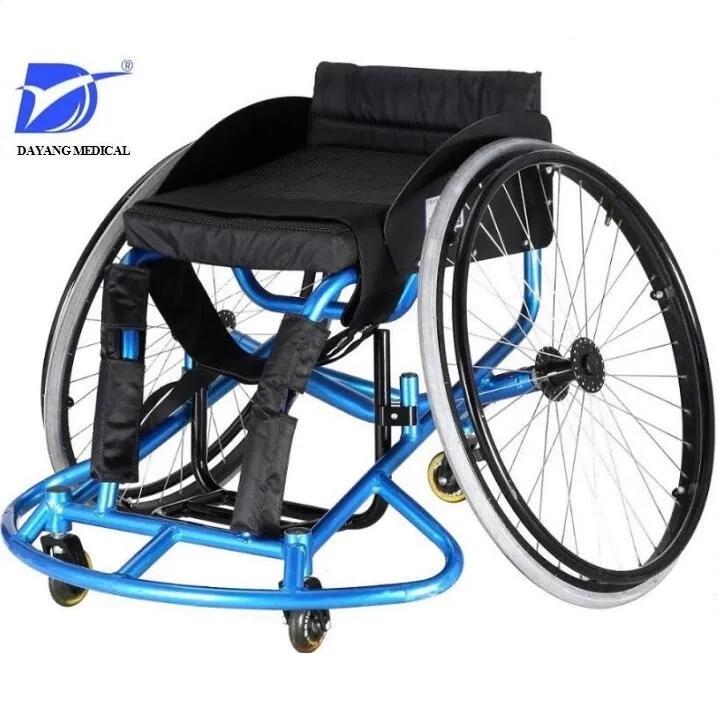The world of mobility aids has witnessed a significant evolution in recent years, catering to the diverse needs of people with different disabilities. Among these, wheelchairs have emerged as a crucial tool for enhancing the quality of life for individuals with mobility impairments. However, not all wheelchairs are created equal; they vary in terms of design, functionality, and intended use. This article delves into the differences between regular wheelchairs and sports wheelchairs, highlighting their unique features, pricing, and the manufacturing process involved.
A regular wheelchair is designed to cater to the basic mobility requirements of an individual with limited mobility. It is typically used for indoor or outdoor activities that involve short distances and relatively flat terrains. On the other hand, sports wheelchairs are specifically designed for athletes with disabilities who engage in high-intensity sports activities. They are built to withstand rigorous physical demands and offer superior performance compared to regular wheelchairs.
One of the key differences between regular and sports wheelchairs lies in their design. Sports wheelchairs are often lighter and more compact than regular wheelchairs, allowing for greater maneuverability and speed. They also feature specialized seating systems that provide better support and comfort during intense physical activities. Additionally, sports wheelchairs are equipped with advanced braking systems that enable athletes to make quick stops and changes in direction with ease.
Another significant distinction between these two types of wheelchairs is their pricing. Due to their specialized design and advanced features, sports wheelchairs are generally more expensive than regular wheelchairs. The cost of a sports wheelchair can range from a few thousand dollars to tens of thousands of dollars, depending on the level of customization and the specific features included. In contrast, regular wheelchairs are generally more affordable, with prices ranging from a few hundred dollars to a few thousand dollars.
For manufacturers looking to enter the market for sports wheelchairs, there are several factors to consider. Firstly, they must ensure that their products meet the stringent safety and performance standards set by regulatory bodies such as the International Organization for Standardization (ISO). This involves conducting thorough testing and quality control procedures to ensure that their wheelchairs can withstand the rigors of high-performance sports activities.
In addition to meeting regulatory requirements, manufacturers must also focus on innovation and customization to differentiate their products from competitors. This can involve developing proprietary technologies or collaborating with athletes with disabilities to create bespoke designs tailored to their specific needs. By investing in research and development, manufacturers can stay ahead of the curve and offer cutting-edge products that meet the evolving demands of the market.
For companies looking to export sports wheelchairs, there are several challenges to overcome. These include complying with international regulations and standards, understanding local market preferences, and developing effective distribution channels. Additionally, companies must consider the logistical challenges involved in shipping large and complex equipment across borders. By partnering with experienced logistics providers and leveraging technology solutions such as e-commerce platforms, companies can streamline their export processes and expand their global reach.
Finally, private label sport wheelchairs offer a unique opportunity for companies looking to establish their brand in the mobility aids market. By working closely with manufacturers, companies can customize their products to reflect their brand identity and differentiate themselves from competitors. This can involve incorporating company logos or branding elements into the design of the wheelchair or offering additional features or services that align with their brand values.

In conclusion, while both regular and sports wheelchairs serve important roles in enhancing the mobility of individuals with disabilities, they differ significantly in terms of design, functionality, and intended use. By understanding these distinctions and focusing on innovation, customization, and compliance with regulatory standards, companies can succeed in this rapidly evolving market. As demand for high-performance mobility aids continues to grow, the future looks bright for those who invest in research and development, collaboration, and brand differentiation.


